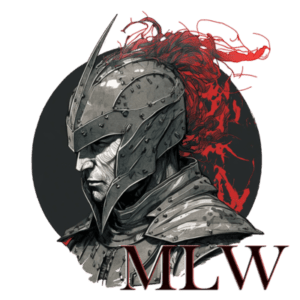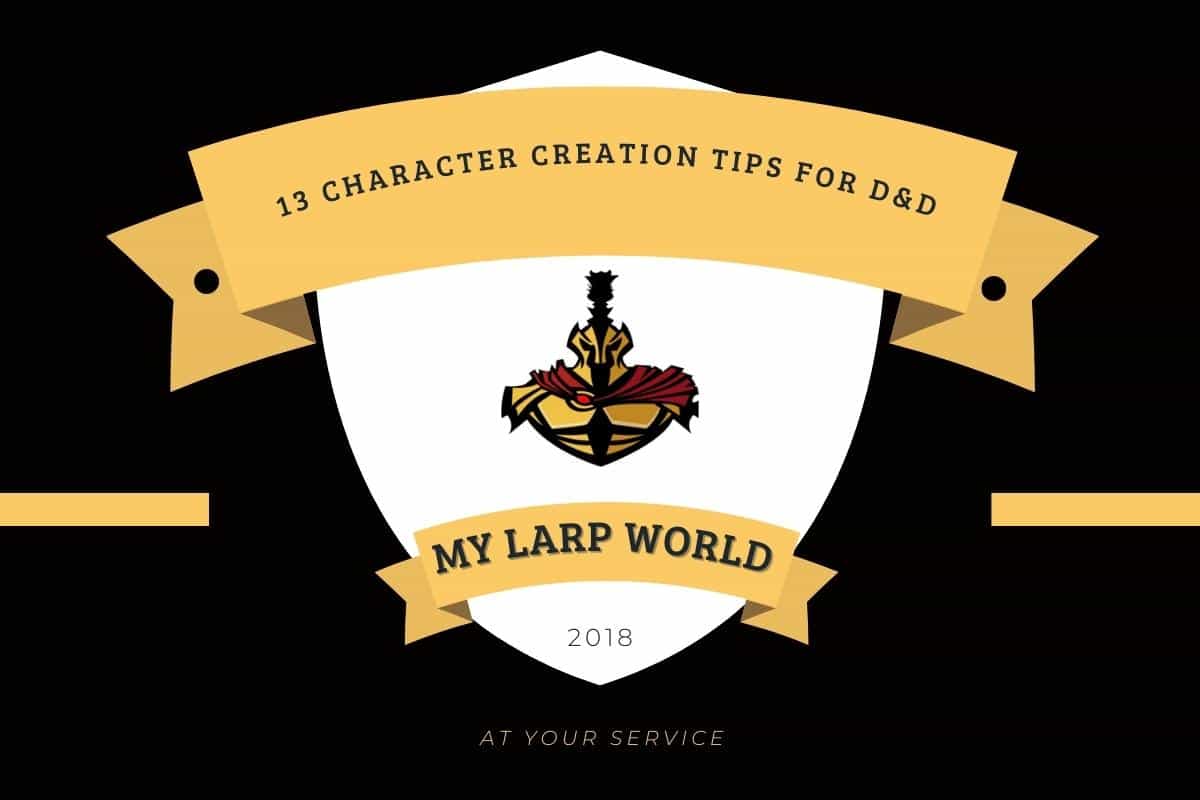Your character, the one you’ll explore the world through, the one you will impersonate, and immerse yourself fully in, is the backbone of the entire Dungeons and Dragons experience along with the campaign. You, as the creator, have every possibility in the world to make your character interesting and unique.
Creating a character can be an overwhelming task for those who seek to perfect their character, as there’s so much you can do with the blank paper that is your character. You can control your character’s background to his or her future ambitions and everything in between.
You can even add catchphrases, gestures, and personality traits to your character to create more complexity. Additionally, your character will make decisions based on who he or she is and has been through, which can have a huge impact on the story, depending on the situations you end up facing.
Thankfully, there’s plenty of guidance available to help you create a fun and interesting character. We’ve compiled some of our best tips when it comes to character creation. Consider these tips when creating your character and we’ll ensure you that the process becomes easier.
The primary purpose of this guide is to help you and your party have as much fun as possible.
1. Make your character easy to integrate

You might be fascinated by the idea of playing a character that seldomly speaks or shows interest in other players, someone who lurks in the dark and rarely partakes in any of the collective’s goals.
Playing a character that doesn’t act when the time to do so is presented can make it hard for the Dungeon Master to find angles for your character in the story.
Roleplaying a mysterious lone wolf can be interesting but it can also be a surefire way to separate yourself from the group, and even the story, if it is your character’s only trait.
While you become your own one-man party with a dominant side story, the party still has to advance its own story, which becomes troublesome for the Dungeon Master to juggle.
Instead, find other ways of roleplaying a lone wolf that somehow finds his spot within the party or create a side story that intertwines with the rest of the party’s story.
You can find a bunch of helpful resources in Xanathar’s Guide to Everything. The book is one of the best sources of character inspiration. The book will teach you about character traits and teach you how to use your own life as inspiration for character creation – and much more.
2. Don’t overcomplicate things
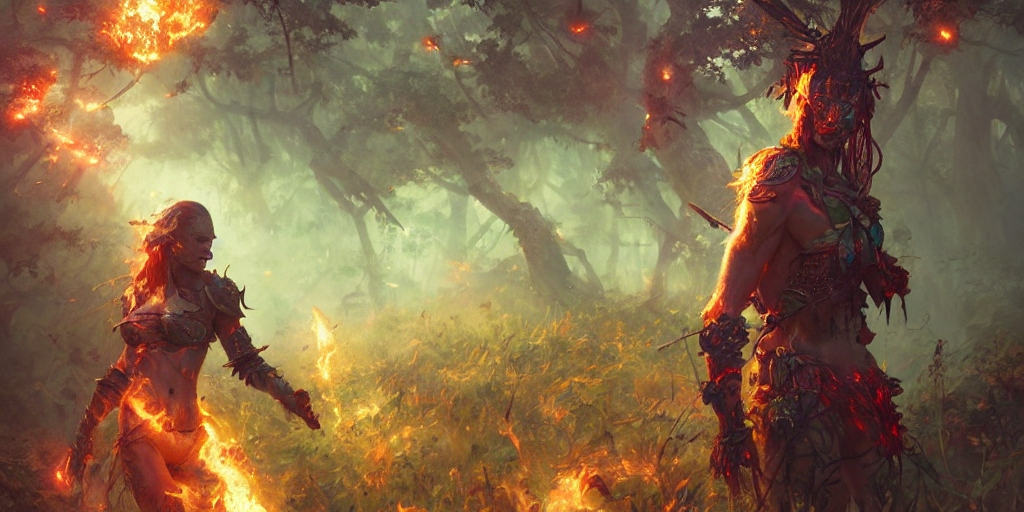
I’m sure you’re hyped to get started and have a bunch of ideas for your character in mind, but before you go and create the complex character you picture in your head, consider the fact that most overcomplicated characters tend to backlash because they become so advanced and tedious to manage.
When starting out with Dungeons and Dragons, start simple and continue adding layers to your character(s) as you learn the ropes. This way, you’ll have more time to focus on roleplaying and learning, rather than being tied down by the extra mechanics and rules that you would have to account for.
Even simple characters can be complex and fulfilling to roleplay, overdoing your character can also place shade on the rest of the people in the party. Start simple.
3. Draw inspiration from characters you like
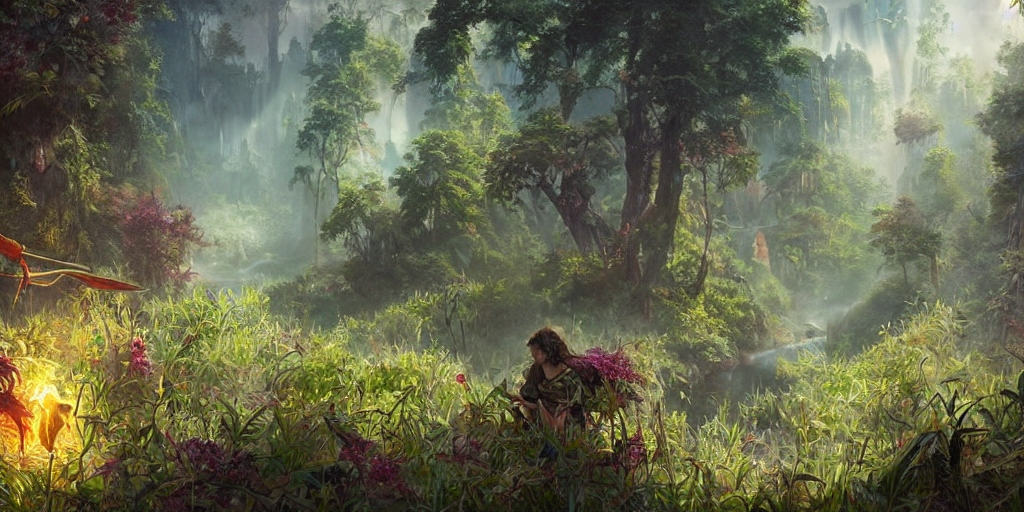
If you can’t come up with an interesting character that you think you’d like roleplaying, ransack the books you’ve read, movies and shows you’ve watched, and games you’ve played, as I’m some of the characters caught your attention more than others. Draw inspiration from those characters when creating your own!
You could use the character as a blueprint for your own character or combine the traits you like from different characters to create something unique. It could be anything from looks, personality, backstory, strengths, weaknesses, and so forth.
Find what you like about them – or even what you dislike about them if you’d like to roleplay something different.
If you don’t find any of the characters you already know interesting, you can find thousands of additional character ideas by googling character blueprints or outlines.
4. Take the party into account
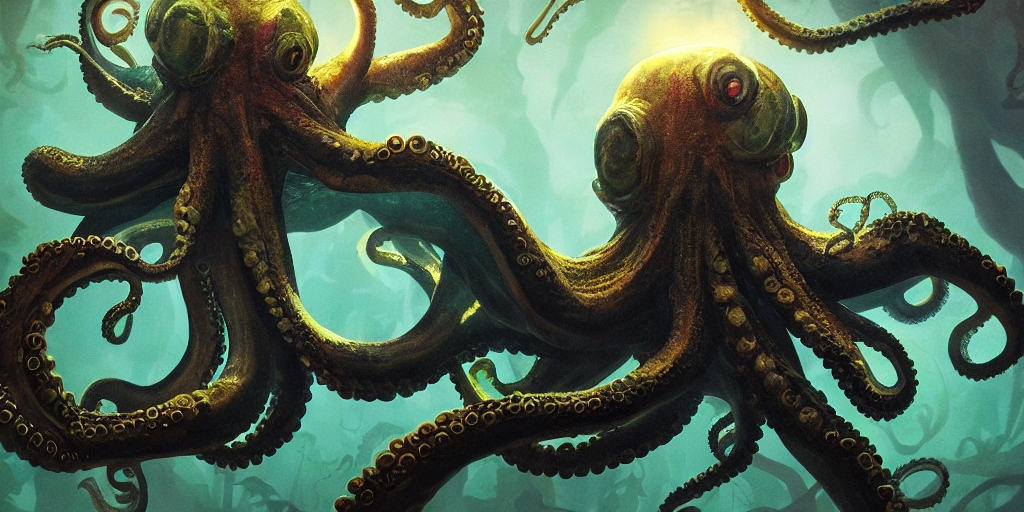
Considering your party is great when creating a character because it will most likely make the entire campaign more fun for everyone.
Creating a character that fits in well with the group, or who carries wisdom, secrets, or traumas from the past that fit in well with the group will not only make your character better, it will improve the overall experience. How can your character serve the group without losing his own identity and uniqueness?
Picking a character that has some, or at least one, supportive spell or trait will come in handy in certain situations throughout the campaign. If you and your party embrace this mentality, you’ll have a party where the characters build off of each other.
5. Take the adventure into account

You should also consider the adventure and campaign into account when creating your character. Understanding the theme, rules, and mechanics of the campaign before you create your character will make it easier for you to find ways to tailor your character to the story’s setting.
Many players tend to rush into the character creation process without gathering knowledge about the mission they’re embarking on first. This can leave you with a character that has few connections to the world around him or her. These connections or attempts to fit the character into the story might then feel somewhat forced.
Talk to your Dungeon Master and ask about the theme of the campaign, a bit about the story, and what traits and spells might prove useful throughout the adventure then discuss what you’ve garnered with the rest of the group.
Your Dungeon Master will most likely be enthusiastic about your effort to fit your, and the party’s characters into the story. If the Dungeon Master can’t give you much information, ask him or her to compare the setting to a movie or game – this will give you an idea about what type of character would fit.
6. Having fun is essential
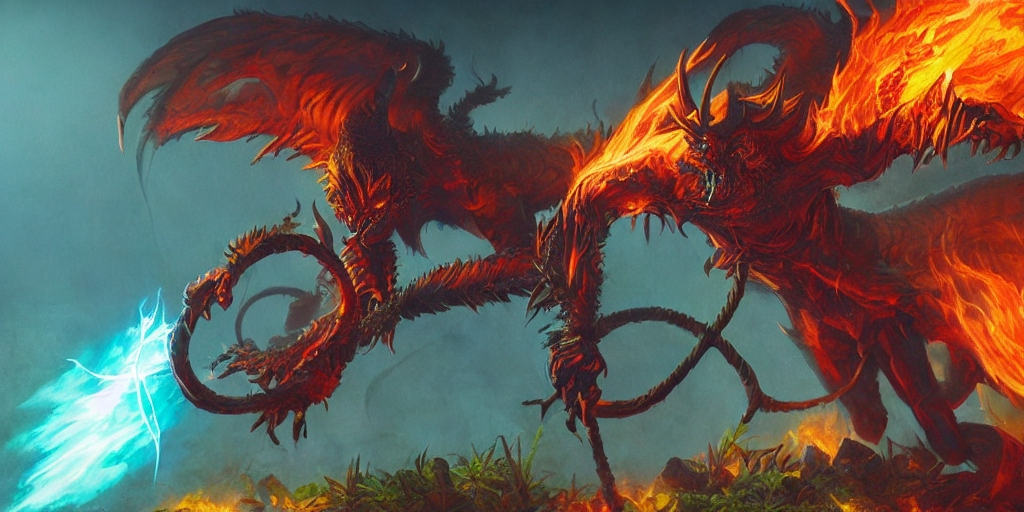
Even if you’re considering a character that’s strange, unique, full of flaws, half-balanced, perfect, or just regular, take some time to reflect on the character to see if you think you’ll enjoy roleplaying the character throughout the entire campaign. When it comes to it, having fun is the most important part of Dungeons and Dragons.
Being optimized doesn’t even come close to having fun. Sure, you might’ve created a character that’s incredibly weak in certain situations, or someone who brings misfortune to the party, or screws things up, but as long as your party still handles the situations and you all have a good time while doing so, then you’ve successfully created a good character.
7. Think about the Dungeon Master

The Dungeon Master has spent time preparing the adventure, creating interesting encounters and challenges for the party, in the hopes that the party will have to work in order to come out triumphant.
Creating effective, overpowered characters with only one aspect of the character in focus (such as having incredibly high armor class or damage) will render the Dungeon Master’s challenges meaningless. Be wary of abilities and builds that let you faceroll through the game without ever being challenged, or close to critical condition.
Let your character be humble towards the Dungeon Master’s creations and face them with the aid of your group. Outsmarting the Dungeon Master by using the collective’s mixed abilities and strengths is way more fun than rushing through without true competition.
8. Be your own opposite

If you’re having a hard time coming up with ideas for your character and can’t seem to find any by ransacking yourself or the characters you like – what about doing the complete opposite?
Create a character that’s so unlike yourself that you can’t keep yourself from grinning at the mere idea of handling a situation the way your character does because of how unfamiliar it feels.
Being able to roleplay a character with personality traits very unlike your own is one thing that Dungeons and Dragons offers that few other situations in life do.
But it doesn’t have to be the opposite of your personality either, the character can be created by drawing inspiration from fictional characters that you dislike or feel little connection with.
9. Be an engaged character
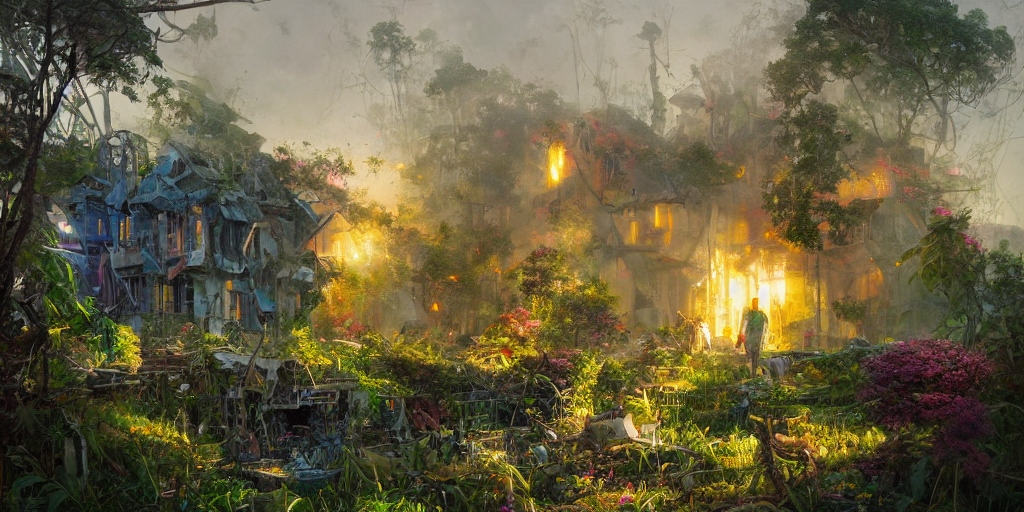
What does it mean to be an engaged character? Well, an active or engaged character is a character that partakes in the story and the different obstacles and situations presented in the story. The more passive your character is, the more complicated your character will be.
An active character that accepts the challenges presented before him and tries their best regardless of their weaknesses or strengths makes the game so much better.
Your character will have problems in certain situations and will be outright incapable of doing things in some cases, but trying your best to do them is a sign of an active character.
If you fail while doing them, then that’s fine and it’s something that the Dungeon Master can use in the story. If you passively say no to everything, be it a discussion, a fight, or a more mundane task, then you’ll box yourself in.
Inactive, passive characters are NPCs (or non-player characters). Leave those traits to them. Give your character a reason to join the journey, to go on a grand adventure. The character can require some persuading in order to go – but create an incitement for the character so that he or she can be convinced.
10. Don’t have everything set in stone
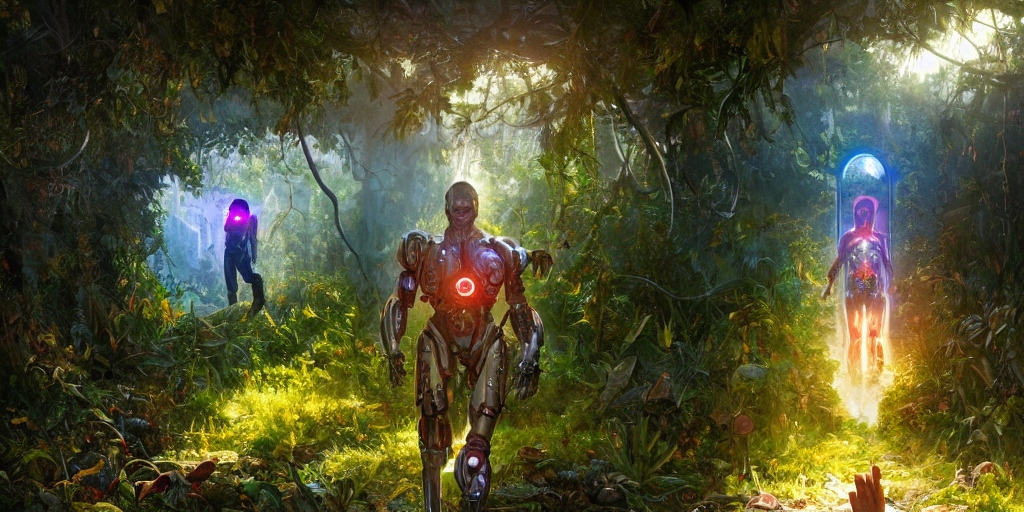
When creating your character, make sure to leave some doors open by creating a flexible story, for instance.
Being too presumptuous with your story can make it hard for you to change minor or major details of the character throughout the story, where it would’ve made sense to have a neutral standpoint and be open to the idea of change. It will also make it easier for your Dungeon Master to find fitting places for your character in the story.
It’s not bad to have a complete backstory – not at all. Being too specific about some things will lock your character in place, rather than giving the character space to breathe and evolve.
11. Go easy on multiclassing
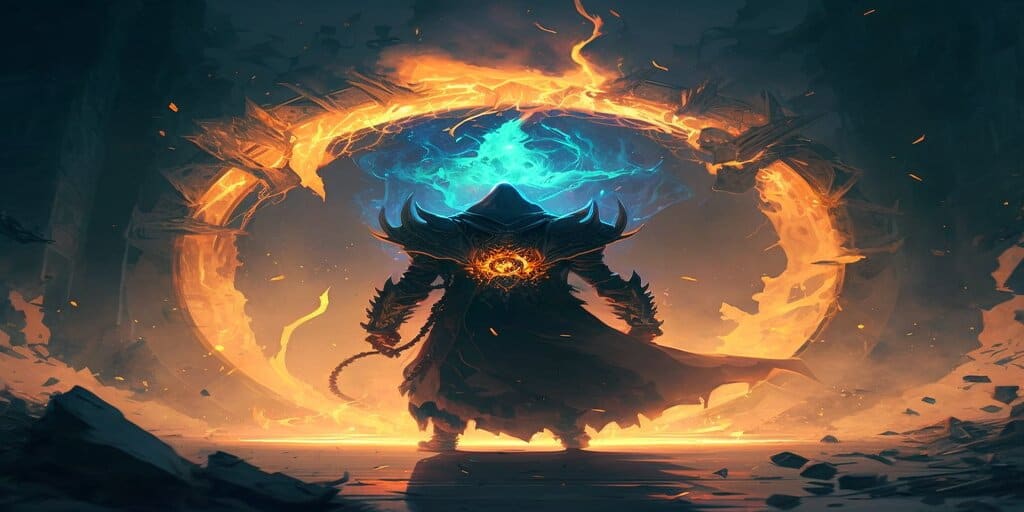
Multiclassing refers to the ability to spend levels in multiple classes, which gives the character a nuanced and varied pool of spells and abilities. While multiclassing will give your character a new set of tools, it can be somewhat complex to manage and understand.
Therefore, it isn’t recommended to spend time multiclassing if you’re creating your first character. The idea of creating a character that can wield power from different sources is interesting, but characters often end up being less powerful than they would otherwise when a player with no experience tries multiclassing.
In addition to the complexity, dreaming of interesting multiclass builds is a long-term endeavor, as most games don’t last long enough for your character to reach all the good stuff. Instead, create a character that will be fun to play from the start.
12. Create a gimmick for the character
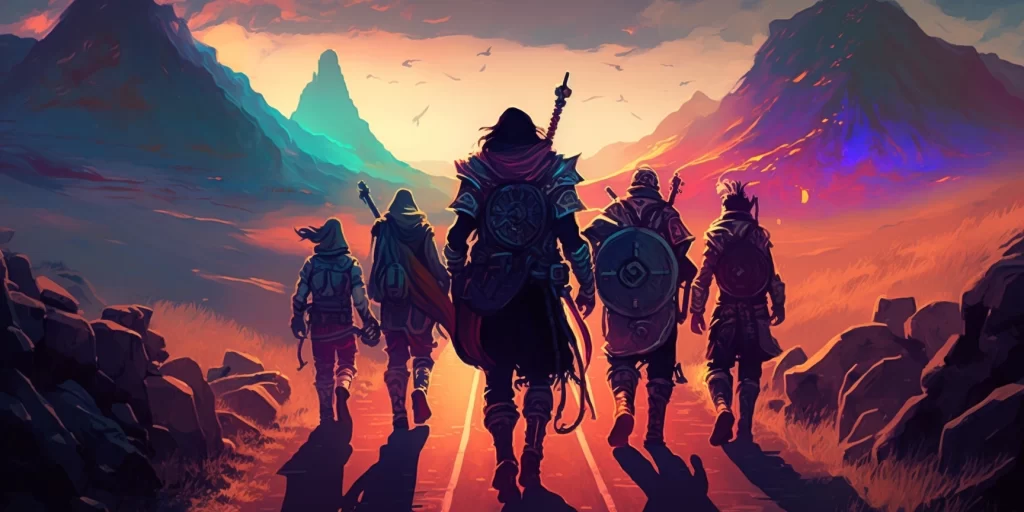
Developing a gimmick for your character is a way to create something that others can play off of, but also something that you can use when you’re unsure about what to do. Examples include heightened senses, companion pets, the ability to create illusions, accomplishments, body movements, and much more.
13. Create an internal or external struggle for the character
Start developing an idea of an internal or external struggle that your character harbors. The struggle can then develop as the story develops and have some interesting consequences for your character or your group.
You can start with something small that is amplified throughout the story as you witness things or perform tasks that impact the character and challenge his or her alignment (moral).
